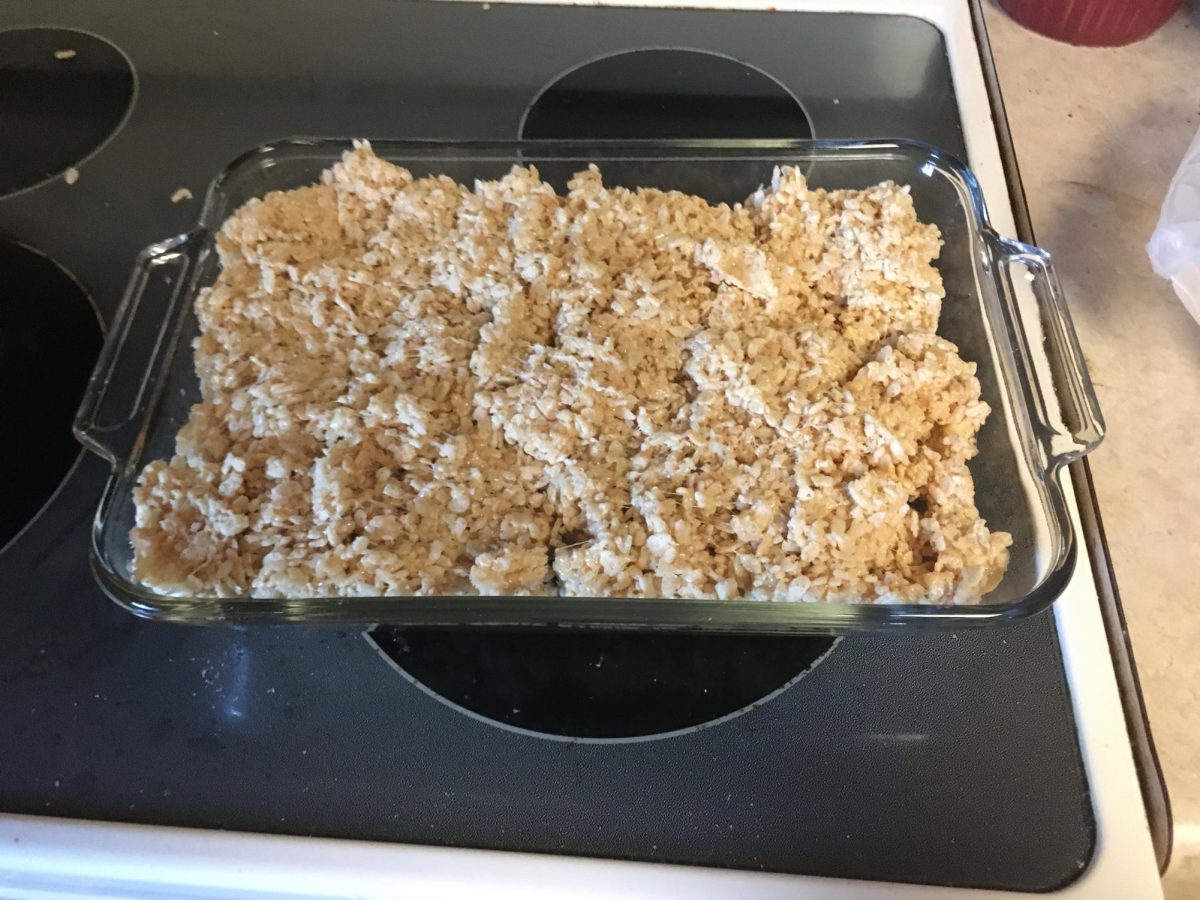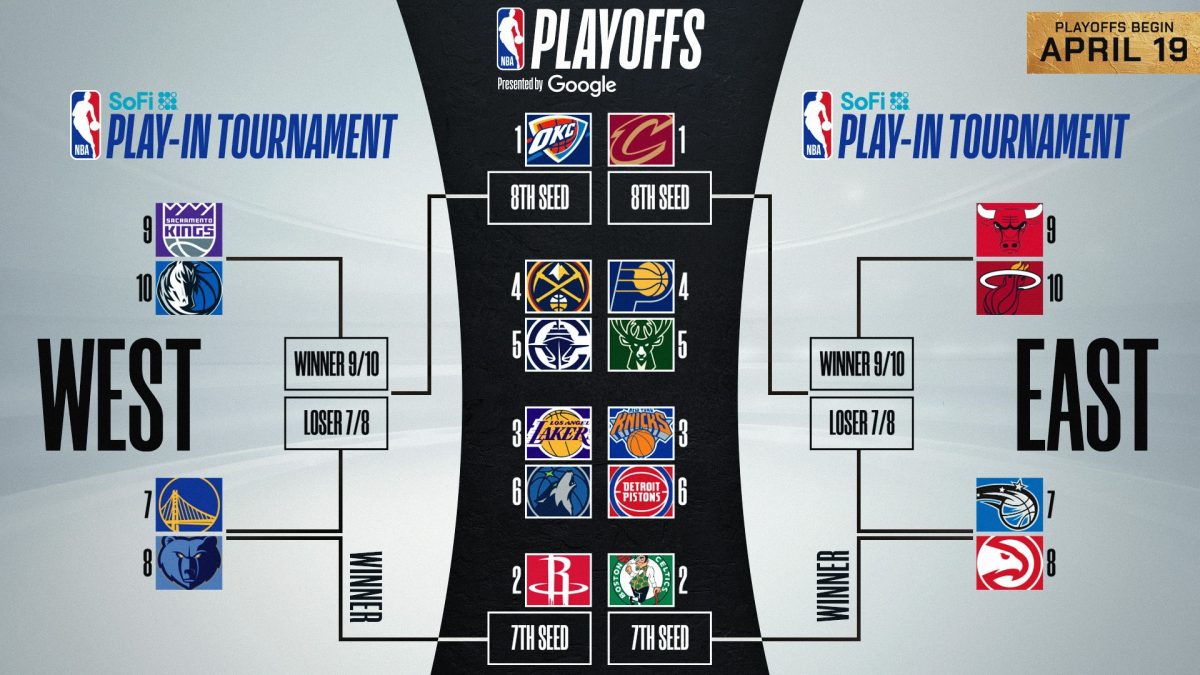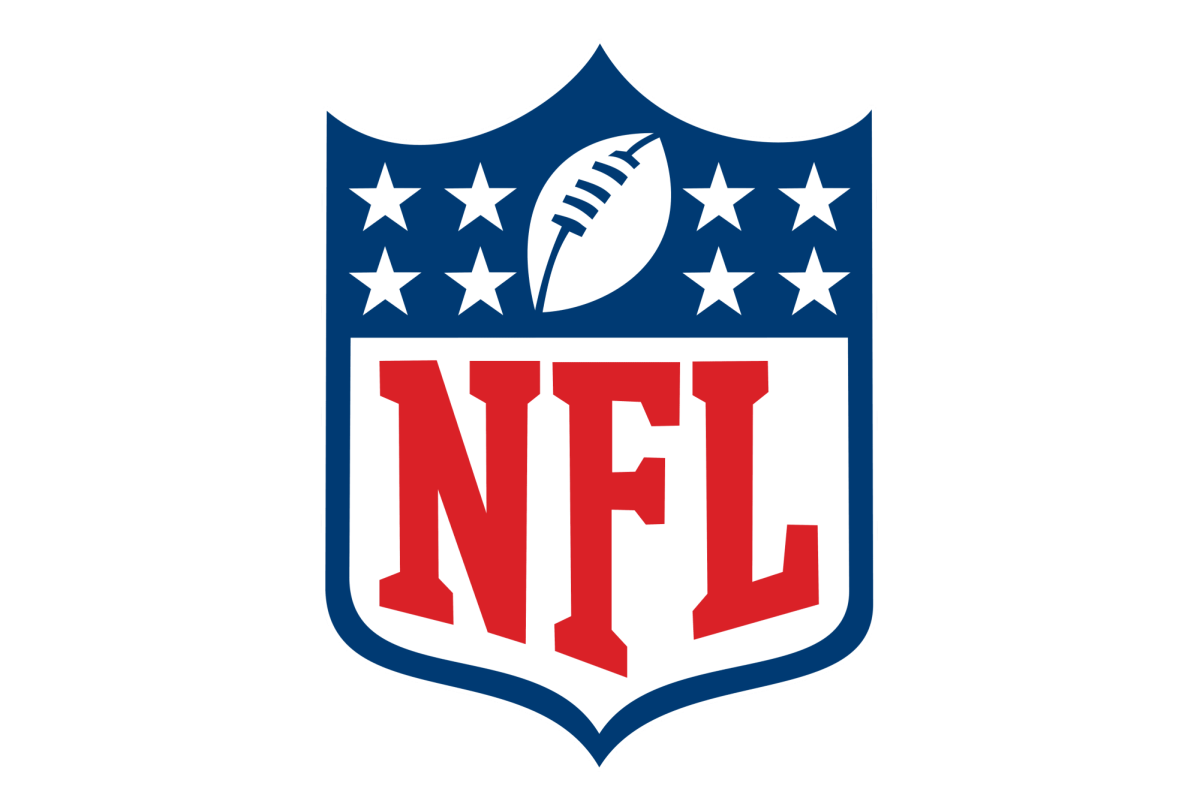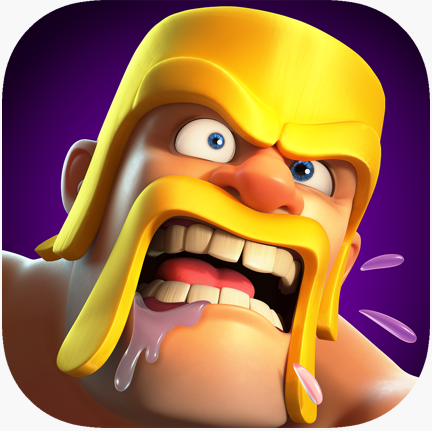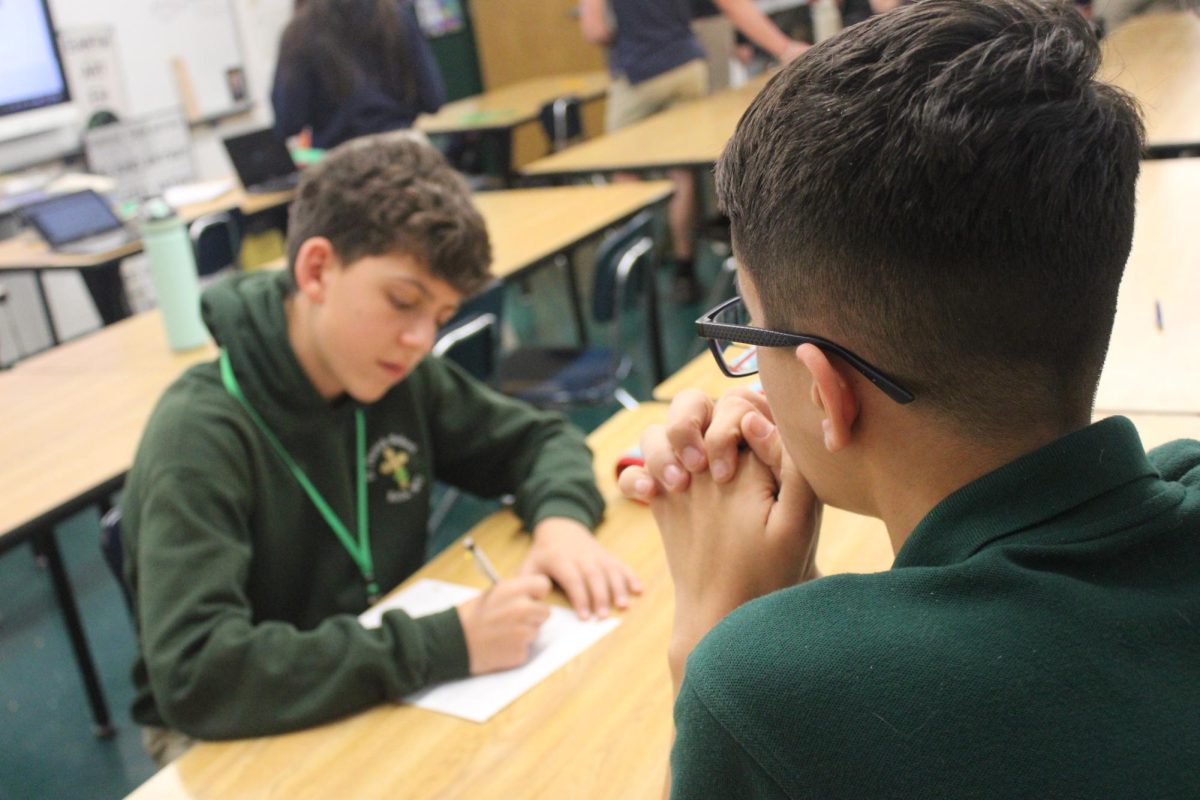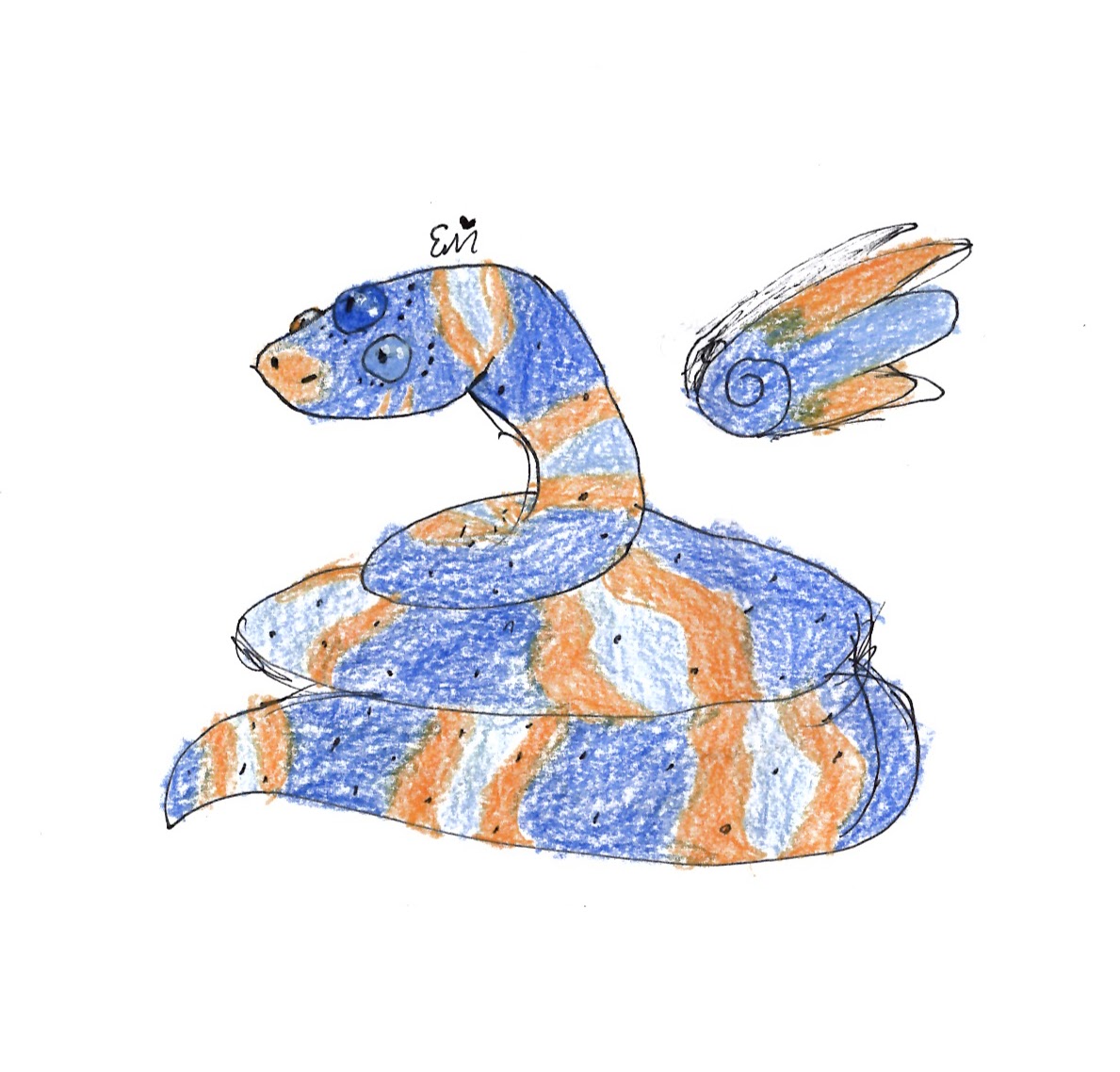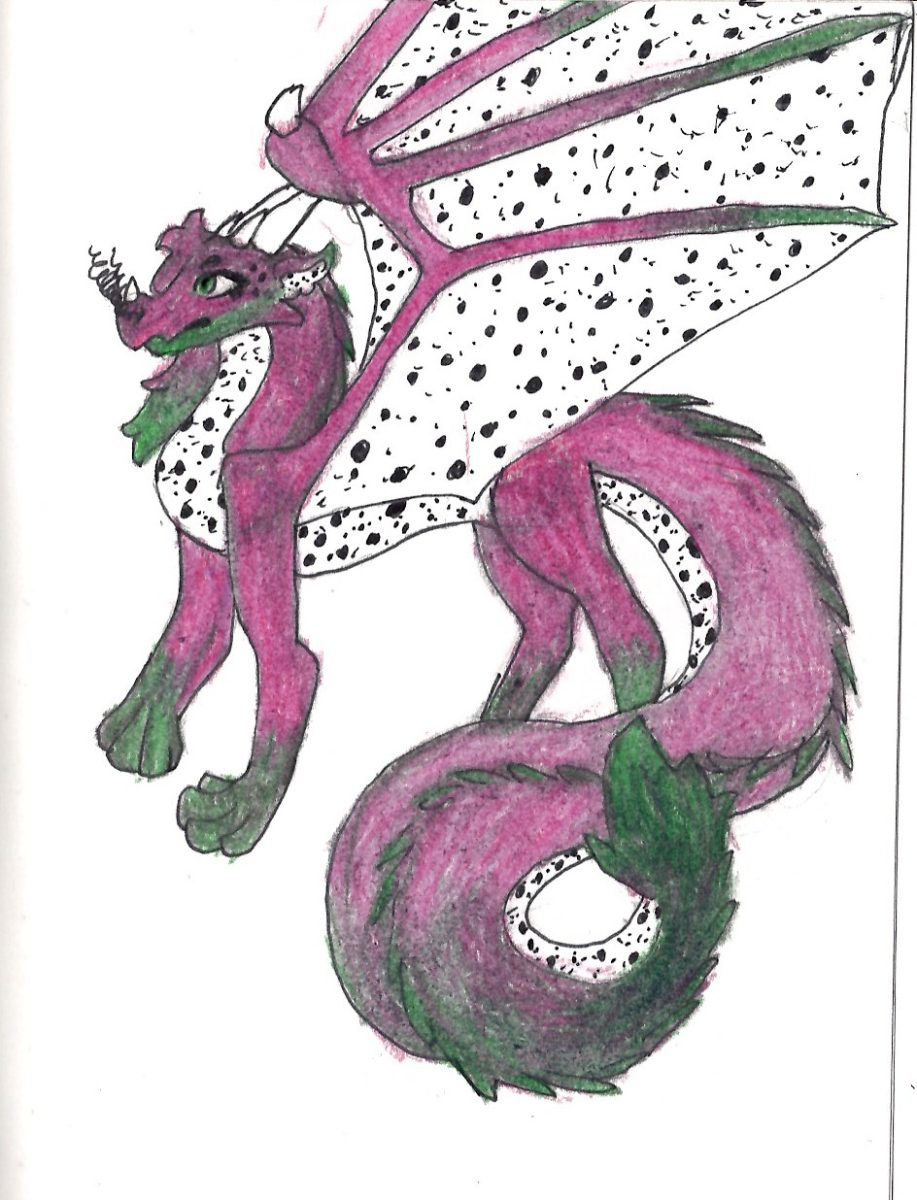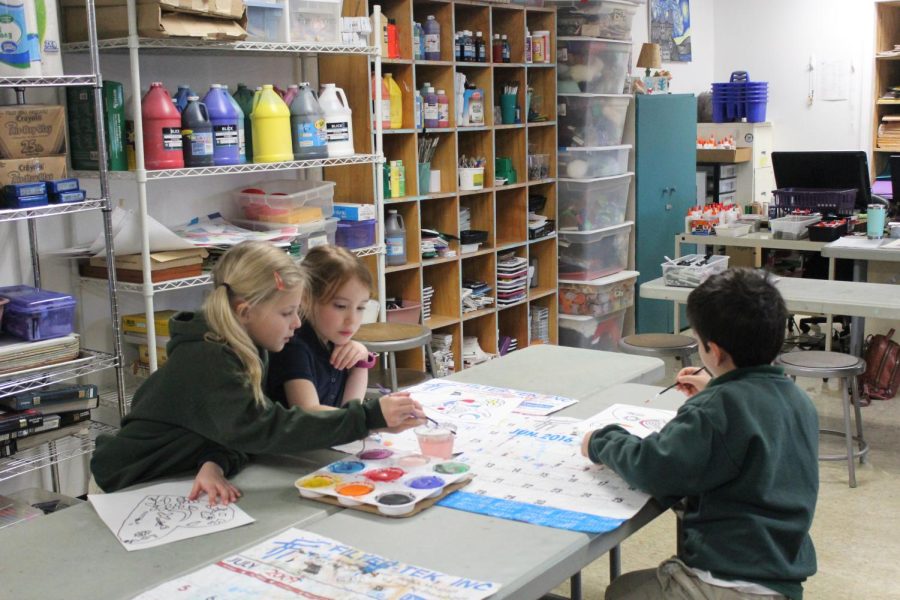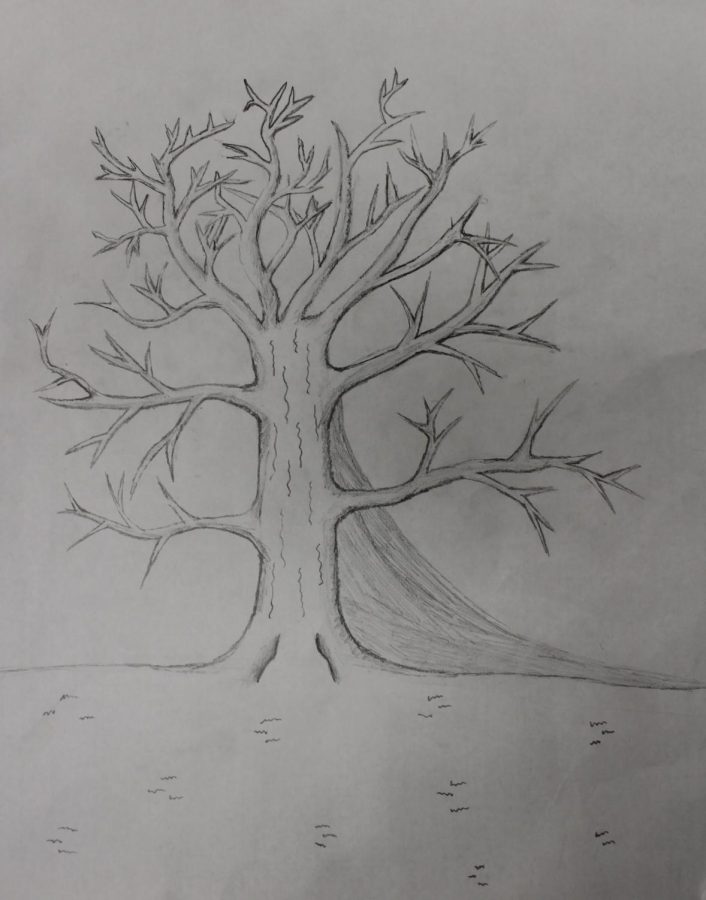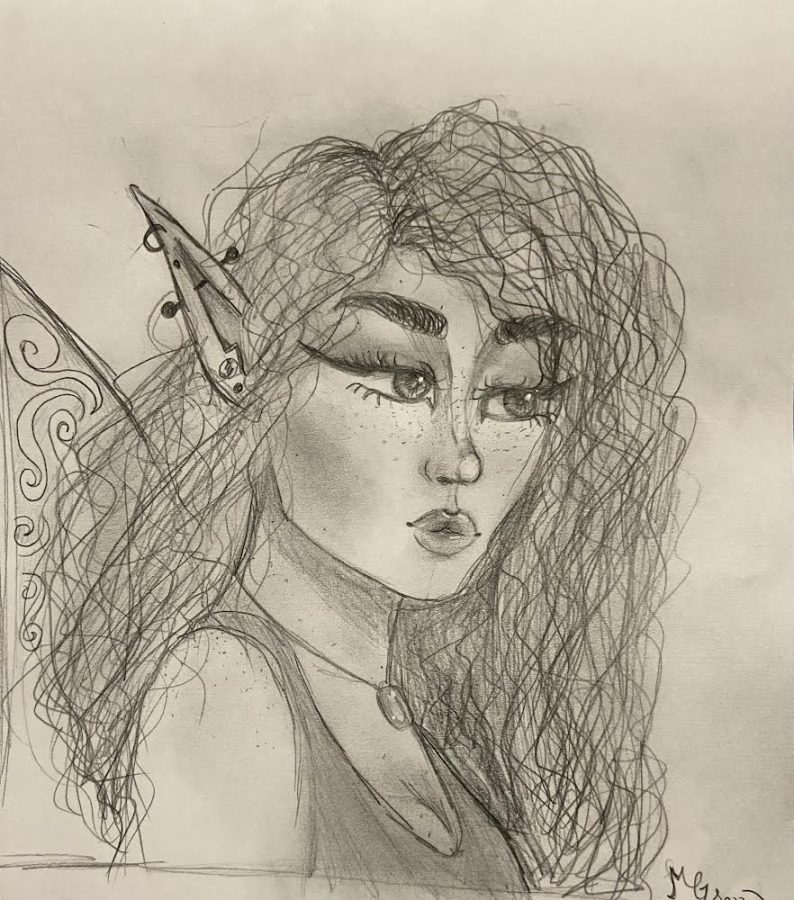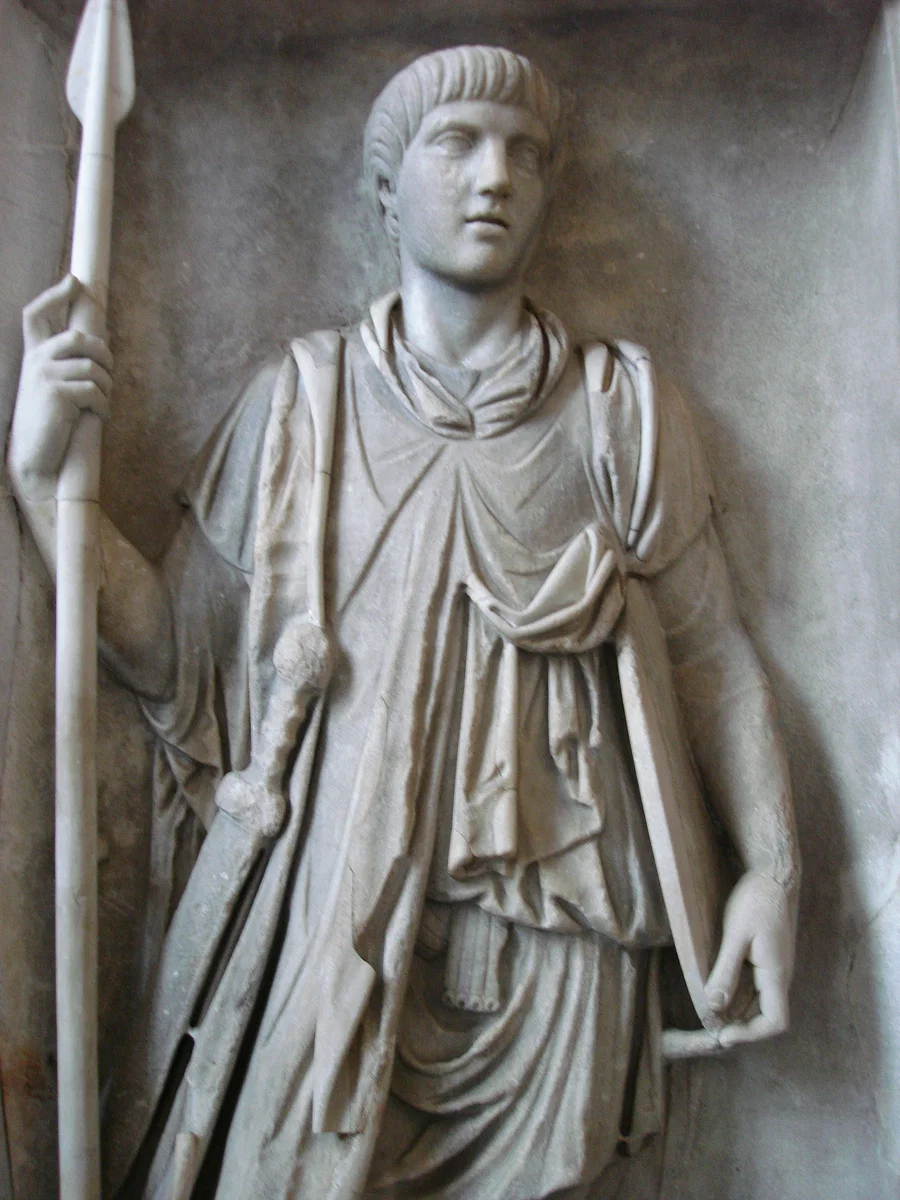Hello Hello, and welcome back to Famous Guitars with yours truly. Now before we jump in, I’d like to say a quick thank you for the IMMENSE amount of positive feedback on my last installment. It really means a lot. And don’t worry, I’ve got a lot more fun stuff planned.
Alright, now in case you didn’t see that last article, (Which you should totally check out after you read this one,) here’s how this whole thing works. I’ll introduce the guitarist and guitar of the day. Then I’ll give a little backstory on it, tell you how they got it, etc. etc. After that I’ll tell you what electronics and parts the guitar has on it. And lastly I’ll give my opinions on it. And trust me, I’ve got a few this time. Sound good? Great. So without further ado, let’s discuss today’s topic: Randy Rhoads.
Who is Randy Rhoads?
Now if you don’t know who Randy is I am going to be EXTREMELY disappointed in you. But that’s alright, I’ll educate you. Randy Rhoads (not Rhodes) was the lead guitarist and co-founder of Quiet Riot, before he left the band in 1979 to play with Ozzy Osbourne instead. He was trained in classical guitar and taught at his family’s music school in Hollywood. He’s often thought of as one of the greatest rock/metal guitarists EVER. To which I would agree. Dude was GOOD. He was killed in March of 1982 in a plane crash with two other people. R.I.P Legend… So now that you’re familiar with the guitarist, let’s talk about the guitar.

The Polka Dot V
Rhoads got the idea for his iconic flying V while backstage before a show with fellow guitar virtuoso George Lynch in 1979. Lynch was rockin’ a custom V made by luthier Karl Sandoval. He let Randy play it, and he absolutely LOVED it. He gave Sandoval a call about getting one for himself as soon as he could.
Randy visited Sandoval not too long after and they discussed ideas for this new guitar. Sandoval has said they were walking around in his garage talking about what all Rhoads wanted on his new instrument. They talked about the paint, the headstock, the fret inlays -which I’ll get into in a minute- and the placement of all the electronics. “…honestly I thought that was hideous, but then I just kinda used my imagination.” Sandoval said about the idea for flying v with polka dots. Rude.
The Construction
Here’s the part where I’ll direct you to the Guitar Glossary at the tail end of this article if you’re unfamiliar with any nerdy guitar terms I’ll be throwing around.
Randy’s V had a super thick two-piece mahogany body. It had to be thick in order for the tremolo to fit properly. It also had a set neck that was made out of maple, and a rosewood fingerboard decked out with bowtie-shaped fret inlays. The neck had two non-adjustable truss rods inside of it. “I think that’s what contributed to the sound of Randy’s guitar. There’s a lot of metal in there.” Says Sandoval. The headstock was shaped like a harpoon or an arrowhead that Sandoval carved from the original headstock the neck he was using had.
The guitar had a PAF pickup in the neck, and a DiMarzio Super Distortion pickup in the bridge. It had a two volume and two tone setup, with the knobs on the lower wing of the guitar. The toggle switch and output jack were located on the upper wing. Randy would turn the volume on one pickup off and flip between them to make really cool sounds when he was playing.
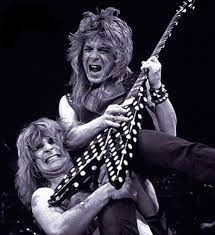
Disaster Strikes
Only three weeks after the guitar was built, Randy snapped the headstock off the guitar. He had been standing while playing when the strap came loose. The guitar slipped and hit the floor neck first, and the neck shattered up the middle. Randy was CRUSHED. He thought that he’d ruined Sandoval’s hard work. He took it back in as soon as he could, and Karl fixed it up good as new.
Wrap-Up
In Conclusion, I absolutely ADORE Randy Rhoads’s polka dot V. It’s so unique looking that you INSTANTLY recognize it with nothing more than a quick glance at it. I think it sounds great. I think Karl Sandoval did an amazing job on it. I just think it’s great. I do wonder where the whole bowtie inlay thing came from though… Now I may be a little biased considering that my dad and I are building our own replica of it, but still, I think the polka dot V is truly an axe worthy to be wielded by the one and only Randy Rhoads. Thanks for reading, and until next time, Rock on!
Guitar Glossary
Luthier: A fancy word for someone who builds guitars.
Headstock: The part at the top of the neck that’s usually carved into fun shapes.
Fret Inlays: The parts on the fretboard that mark almost every other fret, with a few exceptions. These are usually -but not always- dot-shaped.
Tremolo: A device that allows you to temporarily change the pitch of the strings. Also called a whammy bar sometimes.
Set Neck: A type of guitar neck that is glued into the body instead of screwed on.
Fingerboard: The part of the guitar that your fingers touch.
Truss Rod: A metal rod inside of the guitar neck that keeps it straight as an arrow.
Pickup: The little rectangle under the strings that pushes the sound through an amplifier.
Toggle Switch: A part on a guitar that allows you to switch between pickups.
Output Jack: The spot on the guitar you plug the cord into.







